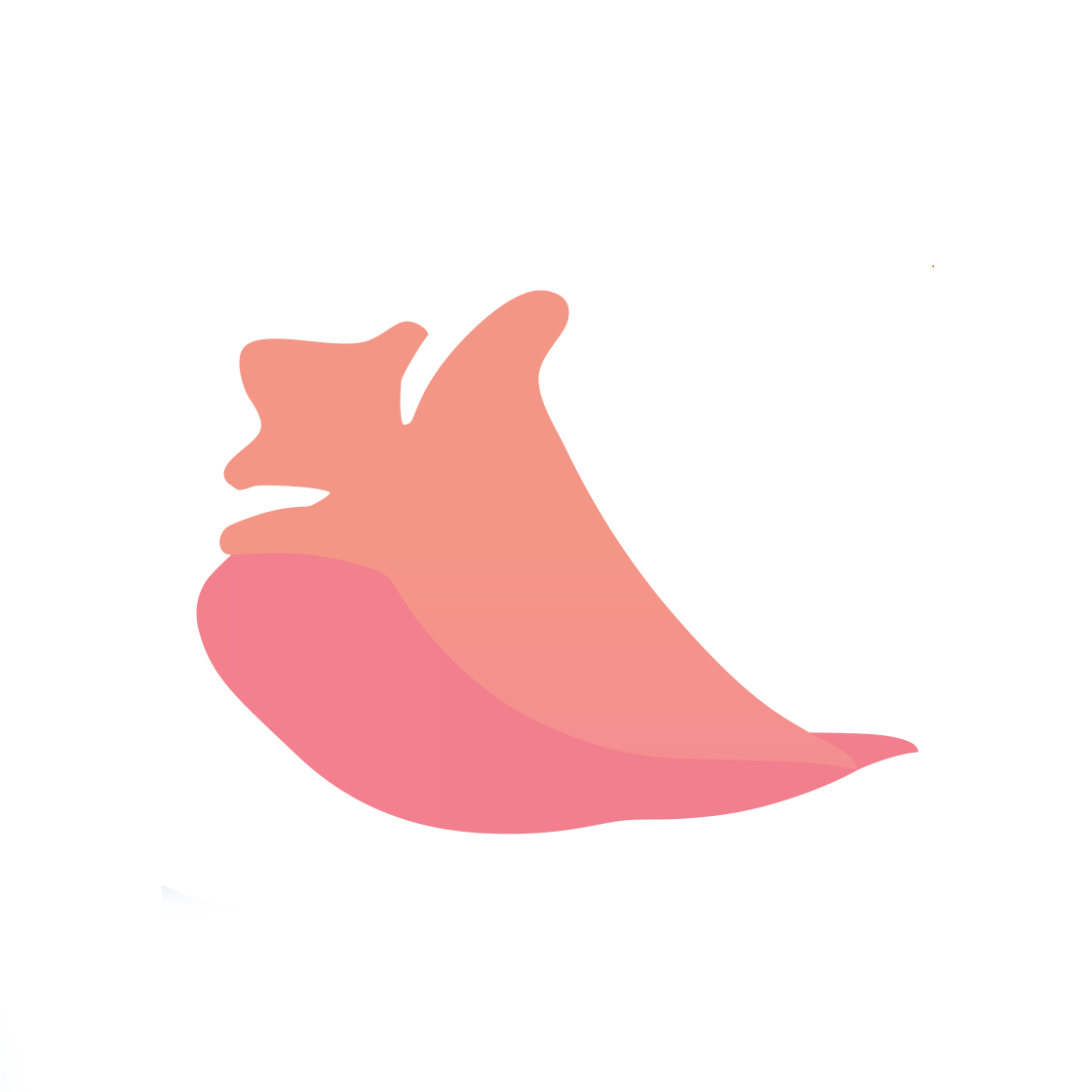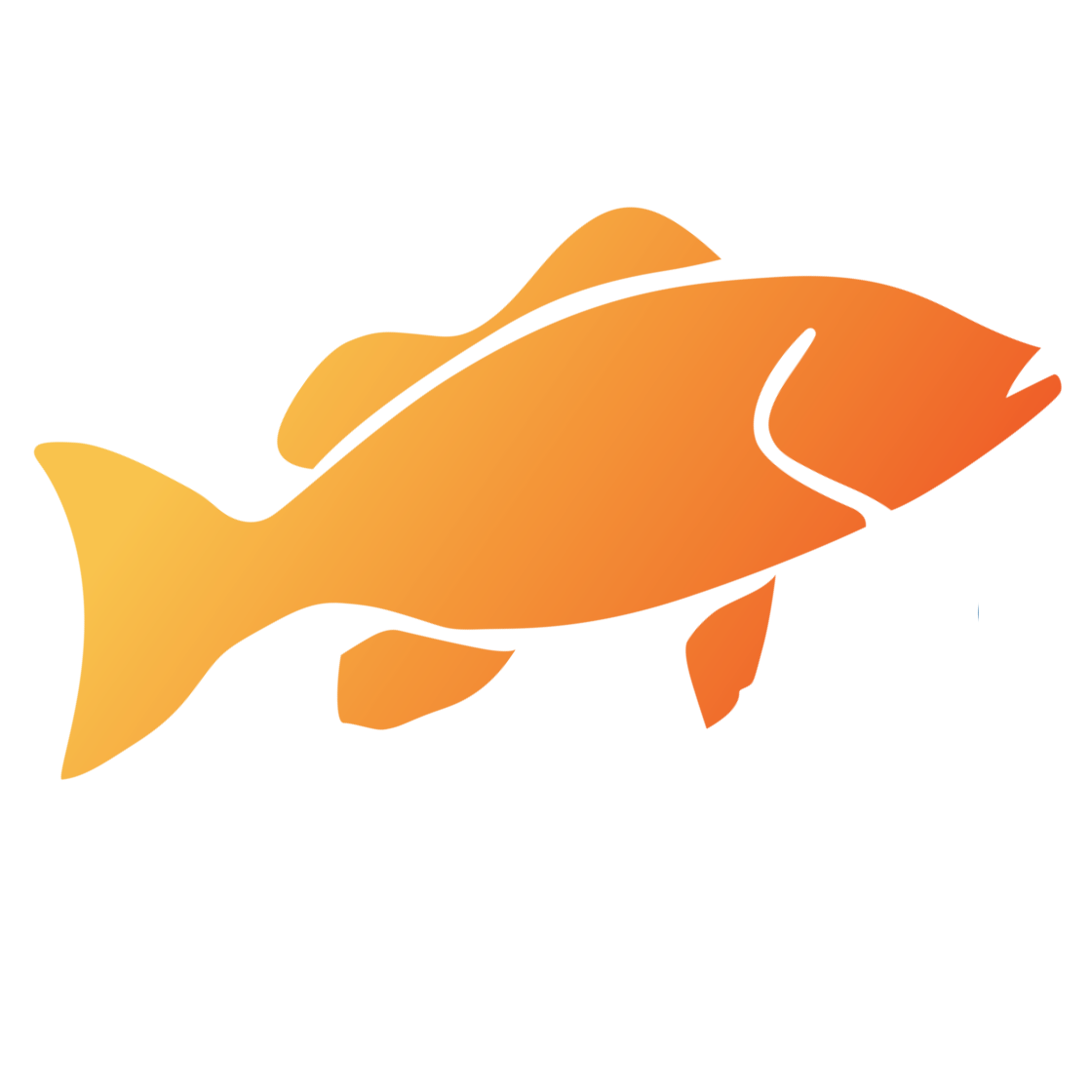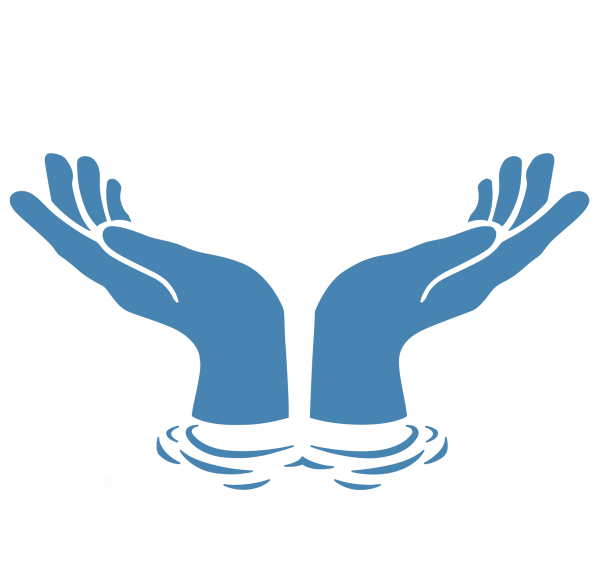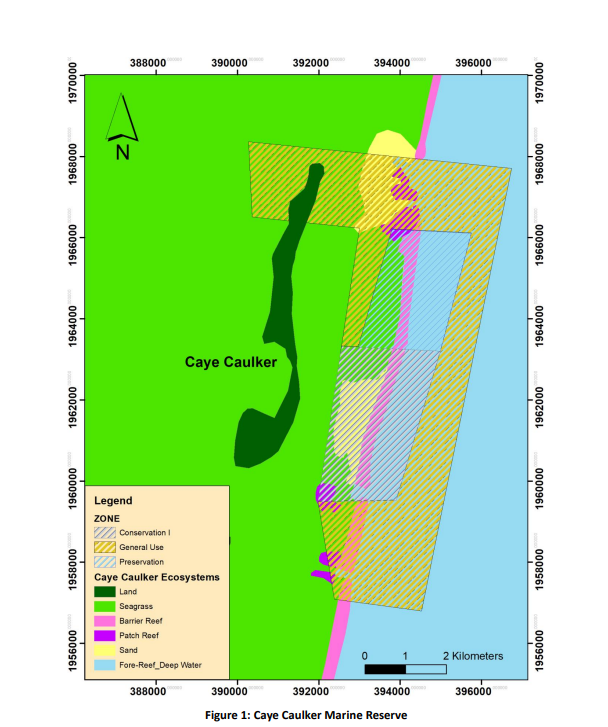CCMR
Caye Caulker Marine Reserve
The Caye Caulker Marine and Forest Reserve (CCMFR) was established in April 1998 through two Statutory Instruments (S.I.s) No. 35 of 1998 (M.R.) and No. 28 of 1998 (F.R.) The rules and regulations for the Caye Caulker Marine Reserve (CCMR) was gazetted 10 years after, on the 6th of December 2008 on SI No. 127 of 2008.
The reserve comprises over 9,000 acres of the Mesoamerican Barrier Reef System which runs parallel to the entire Caye. It encompasses five habitats: mangroves and littoral forests, lagoon marsh-lands, sea-grass beds and coral reef.
The CCMR forms the shape of the number seven, approximately 12,160 acres or 11.1 km in length, with the top portion crossing the Caye’s north point and extending into lagoon waters to the west. Having an area slightly over 100 acres, the CCMR is home to a healthy population of saltwater crocodiles and over 100 species of birds, like the rare black catbird. Other attractions includes over 170 species of fish and crustaceans including the commercially important spiny lobster and queen conch; a robust and healthy population of Elkhorn and Stag horn corals; and seasonal residence of the West Indian Manatees in the north channel of the CCMR.
Rules and Regulations
General Use Zone
- No person is permitted to use long lines, spear guns or gill nets in the Reserve unless authorized by the Fisheries Administrator
- No person shall, within the General use zone, cast or drag any anchor in any manner which may damage or cause damage to corals
- Commercial fishing is allowed in this zone only with valid fisherfolk license; traps and / or shades must be placed 100m away from corals
- Residence of Caye Caulker who have special license to fish may fish solely for subsistence purposes
- Sport fishing is allowed only under license from the Fisheries Department
- Spear fishing is not permitted
- Catch and release tours can only remove fish for subsistence purposes
Conservation Zone
- No fishing or collection of marine items (living or non living) of any type
- There shall only be non-extractive recreational activities in the conservation zone
- Boats must use appropriate moorings if available, no throwing of anchor on coral reef formations
- No feeding of marine life except by license tour guide
- No person shall engage in water skiing or jet skiing
Preservation Zone
- No fishing, sport fishing, diving, or any other water activities shall be permitted at the preservation zone
- No person shall operate a motor boat within the preservation zone except in case of emergencies, or where written permission has first been obtianed from the Fisheries Administrator
Programs
The CCMR has four main programs in which it uses to carry out its everyday responsibilities.Management
- Staff Meetings
- Monthly, Quarterly and Annual Reports
- Revenue Collection
- Visitation Data Analysis
- Infrastructure Maintenance and Improvement
Education and Awareness
- Annual Responsible Tour Guide Sessions (collaborated with Hol Chan)
- Annual Reef Week Activities in April (collaborated with Hol Chan)
- Presentations for Class Field Trips
- Primary School and High School Lectures
Monitoring
- SMP (fish, corals, diadema urchins and benthic data)
- Lobster Surveys
- Conch Surveys
- Mangrove Productivity
- Sea-grass net
Surveillance and Enforcement
- Patrols for Regular Inspections of Fishing Vessels in Nearby Areas
- Patrol the Reserve to Ensure Users are Complying with Rules & Regulations
- Increased Patrols During Closed Season for Lobster and Conch
- Restaurant Checks on the Island













